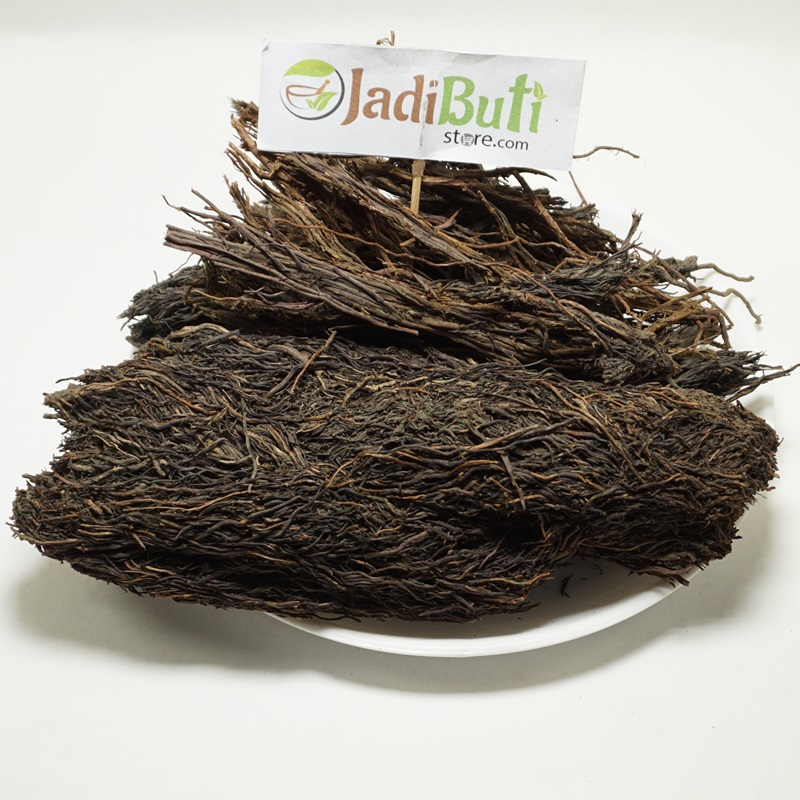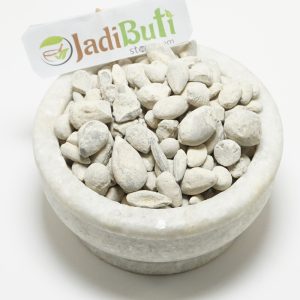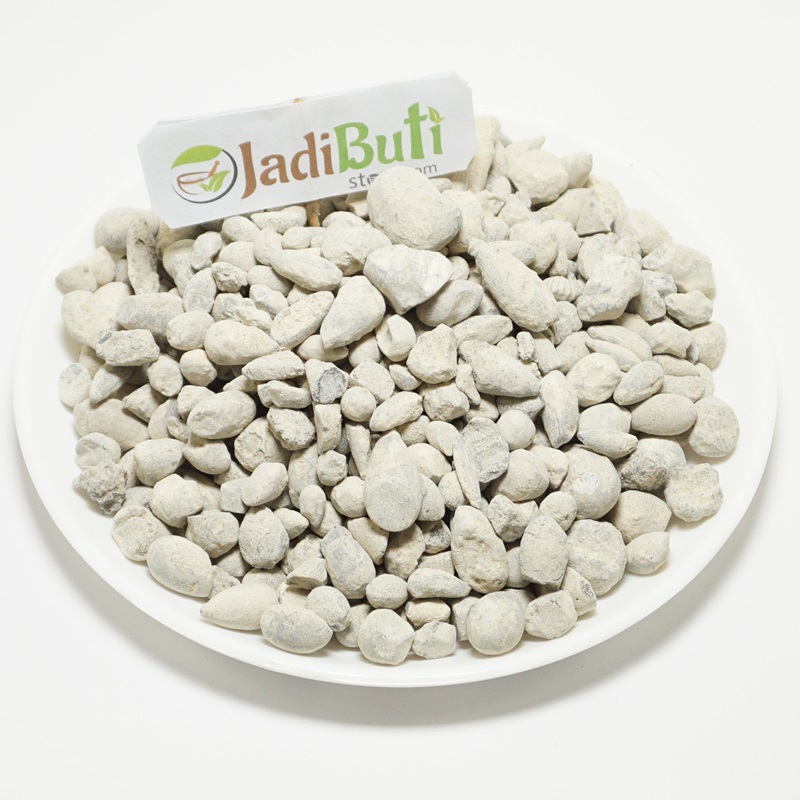F
Showing all 10 results
-
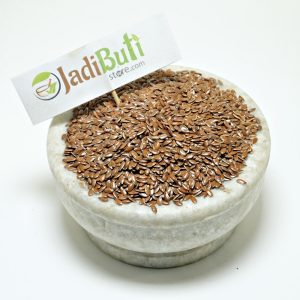

Alsi beej(Organic Pure) – अलसी बीज – Flax Seed – Linum Usitatissimum
₹80.00 – ₹615.00Quick ViewAlsi beej – अलसी बीज – Flax Seed – Linum Usitatissimum.
Alsi Beej Name in different languages:
Alsi Beej In English Name : Linseed, Flaxseed, Lint Bells
Alsi Beej In Hindi Name : Alsi, Tisi
Alsi Beej In Latin name : Linum usitatissimum Linn.
Alsi Beej In Urdu Name : Katan, Alsi
Alsi Beej In Arabic Name : Bazr al-kattaan
Alsi Beej In Bengali Name : Mashina, Tisi
Alsi Beej In French Name : Lin cultivé
Alsi Beej In German Name : Lein, Flachs
Alsi Beej In Gujarati Name : Alshi
Alsi Beej In Kannada Name : Agasebeeja, Semeagare, Agasi
Alsi Beej In Kashmiri Name : Alsi, Alish, Kenu
Alsi Beej In Marathi Name : Javas, Alshi
Alsi Beej In Persian Name : Tukhme Katan, Tukhme Zaghir
Alsi Beej In Punjabi Name : Ali, Alish, Alsi, Tisi
Alsi Beej In Sanskrit Name : Uma, Atasi
Introduction:
Mostly, linseed plant is cultivated in Bengal, Bihar, Uttar Pradesh and Madhya Pradesh. Its plant is about 2 to 4 feet high and leaves are 1 to 3 inches long with lines. Its flowers are light blue in sprouts. Its fruits are in shape of pitcher, which have ten seeds. The seeds are shiny, in egg shape and flat. Its oil is prepared from its seeds. Linseed root is white, 4 to 10 inches long and thick like pencil.
Property:
It is cool in nature.
Structure:
Linseed is a crop, which cultivated in fields. Its flowers are blue and fruits are green in color.
Qualities:
Linseed is sweet, bitter and pungent in taste, heavy in digestible, smooth and hot in nature, and eliminates gas. It increases phlegm (Kapha) and bile (Pitta), and cures eyes diseases and and wounds swelling. It is useful to end sperm disorders. Linseed oil is sweet and bitter in taste, hot and smooth in nature and eliminates gas. It is useful to cure cough and brings out phlegm. It is spicy in paak.
-

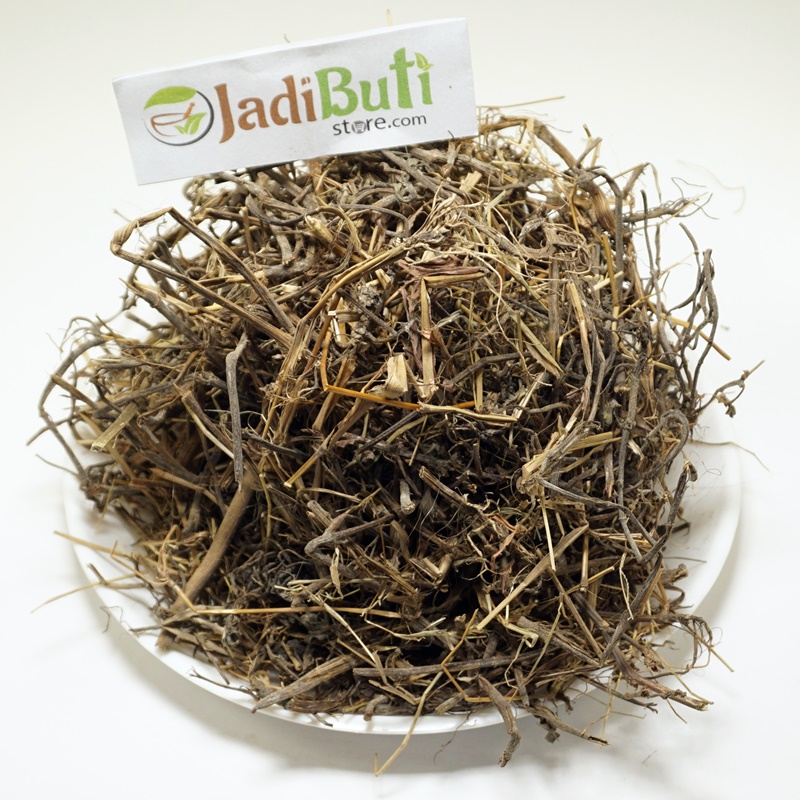
Bhangra (Bhringraj) – भांगरा – False daisy – Eclipta Alba
₹110.00 – ₹875.00Quick ViewBhangra – भांगरा – false daisy – Eclipta Alba.
Bhangra Name in different languages:
Bhangra In English : False daisy
Bhangra In Hindi : Bhangra, Bhringraj
Bhangra In Latin : Eklipta postrata
Bhangra In Sanskrit : Markav, Bhrangraj, Keshraj, Keshranjan, Kuntalvardhan,
Bhangra In Gujrati : Bhangro, Kalo Bhangro
Bhangra In Marathi : Bhaka, Bangra, Bhrangraj
Bhangra In Bengali : Kesri, Kasoriya, Bhimraj, Keshutt
Bhangra In Punjabi : Kishori, Keshraj, Kesri, Bhimraj
Bhangra In Arabic : Kadimool-Bint
Bhangra In Kokan : Hatukenari
Bhangra In Oriya : Kesarda
Bhangra In Tamil : Kekeshi, Kevi, Shilaei, Kaikeshi
-
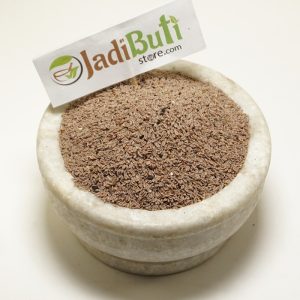

Isabgol Beej – इसबगुल बीज – Flea Seed – Plantago Ovata
₹79.00 – ₹535.00Quick ViewIsabgol Beej – इसबगुल बीज – Flea Seed – Plantago Ovata.
Isabgol Name in different languages:
Isabgol English Name : Psyllium, Flea Seed, lspaghula Seed
Isabgol Hindi Name : lsabgol, Isapgol, Isapghul, Isarghol, Ispaghul
Isabgol Latin name : Plantago ovata Forsk.
Isabgol Urdu Name : Isabghol, Aspaghol (Seeds), Bhusi Isabghol (Husk)
Isabgol Sanskrit Name : Snigdhajira, Ashwagolam
Isabgol Arabic Name : Bazrqutoona, Bizr al-qutoona, Luqmat al-na’ja
Isabgol Bengali Name : Isabgul, Eshopgol
Isabgol Chinese Name : Ch’-Ch’ientzu
Isabgol French Name : Graines de Psyllium
Isabgol Gujarati Name : Uthamujeerun, Isaphgol
Isabgol Kannada Name : Issabagolu
Isabgol Kashmiri Name : Ismogul, Satismogul
Isabgol Marathi Name : Isapghol
Isabgol Persian Name : lsabghol, Isparzah
Isabgol Punjabi Name : Isapghol
-
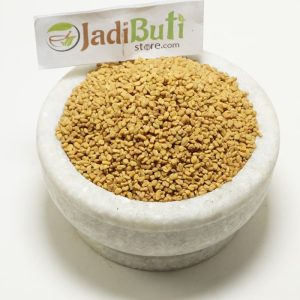

Methi Dana (Organic) – मेथी दाना – Fenugreek Seeds – Trigonella foenum-graecum
₹110.00 – ₹850.00Quick ViewMethi Dana – मेथी दाना – Fenugreek Seeds – Trigonella foenum-graecum.
Methi Name In Different Languages:
Methi in English Name : Fenugreek, Bird’s Foot, Greek Hayseed
Methi in Hindi Name : Methi
Methi in Latin name : Trigonella foenum-graecum Linn.
Methi in Urdu Name : Methi, Tukhme Hulba
Methi in Arabic Name : Hulba, Fareeqa
Methi in Bengali Name : Methi
Methi in Chinese Name : Hu lu ba
Methi in French Name : Fenugrec sénegré
Methi in German Name : Bockshornklee, Kuhhornklee, Griechisch-Heu
Methi in Gujarati Name : Methi
Methi in Kannada Name : Menthya
Methi in Kashmiri Name : Meeth
Methi in Marathi Name : Methi
Methi in Persian Name : Shamleez
Methi in Punjabi Name : Methi
Methi in Sanskrit Name : Methika, Methini
Introduction:
Fenugreek is cultivated in almost all the states. Vegetables are made from fenugreek leaves. Its seeds are used in a variety of dishes for diet and as a medicine. Flowers and fruits of fenugreek are found in the months of January to March. Fenugreek plants are one feet high. Its leaves are small and round-shaped. Fenugreek seeds are called fenugreek seeds. It is also found in the Jagannis. Fenugreek found in forests is of low quality. Vegetables of fenugreek granules are made in Rajasthan, besides the vegetables, fodder leaves are made from Dhokles, Mithai and Gotas. Some people make mixed greens of mung and fenugreek seeds. Apart from this, pickle of raw mango and mixing fenugreek and other spices are prepared in it. This pickle is delicious and quality. In winter, fenugreek is consumed mostly in most of the houses.
-
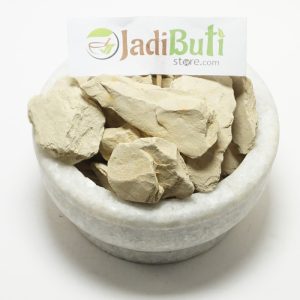
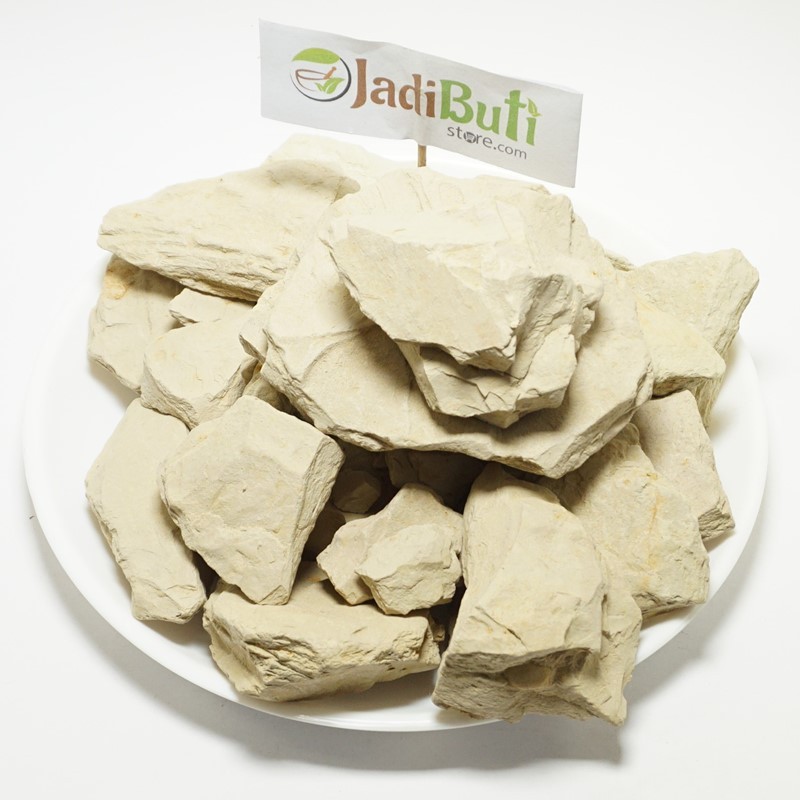
Multani Mitti (Without Toxins) – मुल्तानी मिट्टी – Fuller’s Earth Clay
₹160.00 – ₹695.00Quick ViewAyurvedic classification of Multani Mitti (Fuller’s Earth):
Ayurvedic Classification Description Rasa (taste) Astringent Guna (qualities) Light, dry, and cooling Virya (potency) Cooling Vipaka (post-digestive effect) Sweet Dosha effect Pacifies Pitta and Kapha doshas Karma (actions) Cleansing, purifying, cooling, and soothing Dhatu (tissue) affinity Works primarily on the skin and blood tissues Srotas (channel) affinity Works primarily on the rasa (plasma) and rakta (blood) channels Prabhava (special effect) Excellent for absorbing excess oil and toxins from the skin -
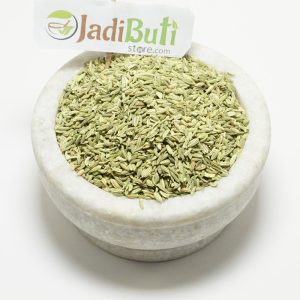

Saunf(Organic) – सौंफ – Fennel Seeds – Foeniculum vulgare
₹140.00 – ₹1,060.00Quick ViewCommon Name: Fennel Seeds
Botanical Name: Foeniculum vulgare
Plant Family: Apiaceae (Umbelliferae)
Parts Used: Seeds, leaves, and bulbs
Native Region: Mediterranean region
Taste (Rasa): Sweet (Madhura), bitter (Tikta)
Energy (Veerya): Cooling (Sheet)
Post-Digestive Effect (Vipaka): Sweet (Madhura)
Doshas: Balances Pitta and Kapha doshas
Chemical Composition: Fennel seeds contain essential oils, flavonoids, phenolic compounds, and fatty acids.
Traditional Uses:
- Digestive Health: Fennel seeds are commonly used to promote digestion and alleviate digestive issues like bloating, gas, and indigestion.
- Respiratory Health: Fennel seeds are believed to help alleviate respiratory issues like coughs, bronchitis, and asthma.
- Women’s Health: Fennel seeds are commonly used to alleviate menstrual cramps and other symptoms of menstrual disorders. They are also believed to help increase breast milk production in lactating mothers.
- Eye Health: Fennel seeds are thought to help improve eye health and alleviate eye disorders like conjunctivitis.
Modern Uses:
- Fennel seeds are used in the food and beverage industry as a flavoring agent in various dishes and beverages, including teas, liquors, and baked goods.
- Fennel seeds are used in some natural and traditional medicine systems for various health benefits.
- Fennel essential oil is used in aromatherapy for its calming and soothing effects.
Precautions/ Side Effects:
- Fennel seeds may cause allergic reactions in some individuals.
- High doses of fennel seeds may have toxic effects and can cause symptoms like nausea, vomiting, and seizures.
- Pregnant women should avoid consuming large amounts of fennel seeds as it may stimulate uterine contractions.
- Fennel seeds may interact with certain medications, so it is important to consult with a healthcare provider before using fennel seeds for medicinal purposes.
-

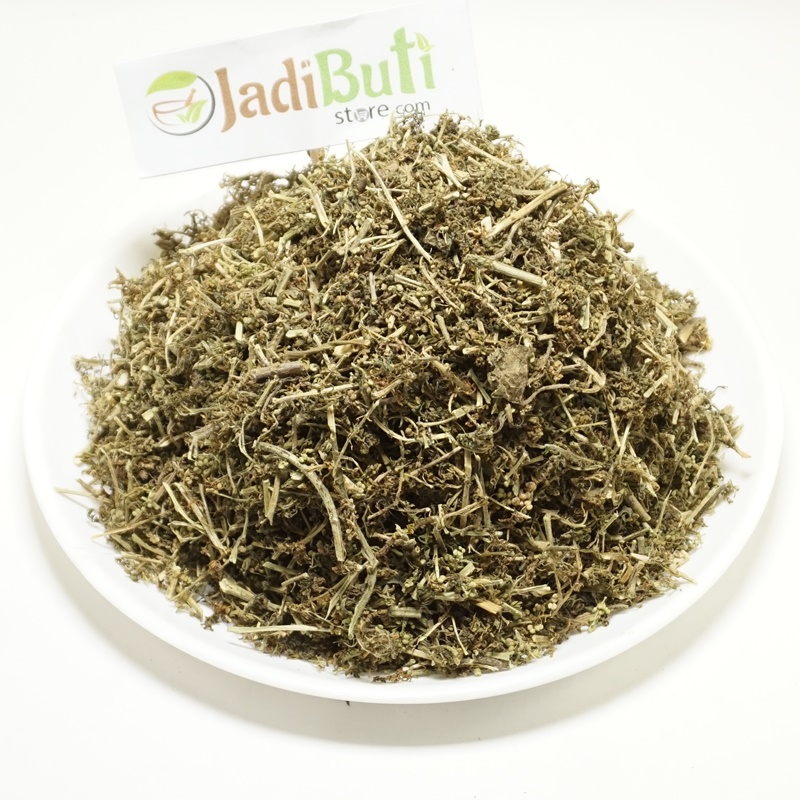
Shahtara – शाहतारा – Common Fumitory – Fumaria officinalis
₹320.00 – ₹2,595.00Quick ViewCommon Fumitory, Shahtra | Botanical Name: Fumaria officinalis
Family: Papaveraceae | Parts Used: Aerial parts
Ayurvedic Properties:
- Rasa (Taste): Bitter, Astringent
- Guna (Quality): Light, Dry
- Virya (Potency): Cooling
- Vipaka (Post-Digestive Effect): Pungent
- Doshas: Pacifies Pitta and Kapha doshas, may increase Vata in excess
Ayurvedic Uses:
- Supports liver health
- Improves skin health
- Improves digestion
- Relieves respiratory issues
- Purifies blood
- Boosts immunity
- Improves eye health
- Supports urinary health
- Relieves joint pain and inflammation
- Calms the mind
-

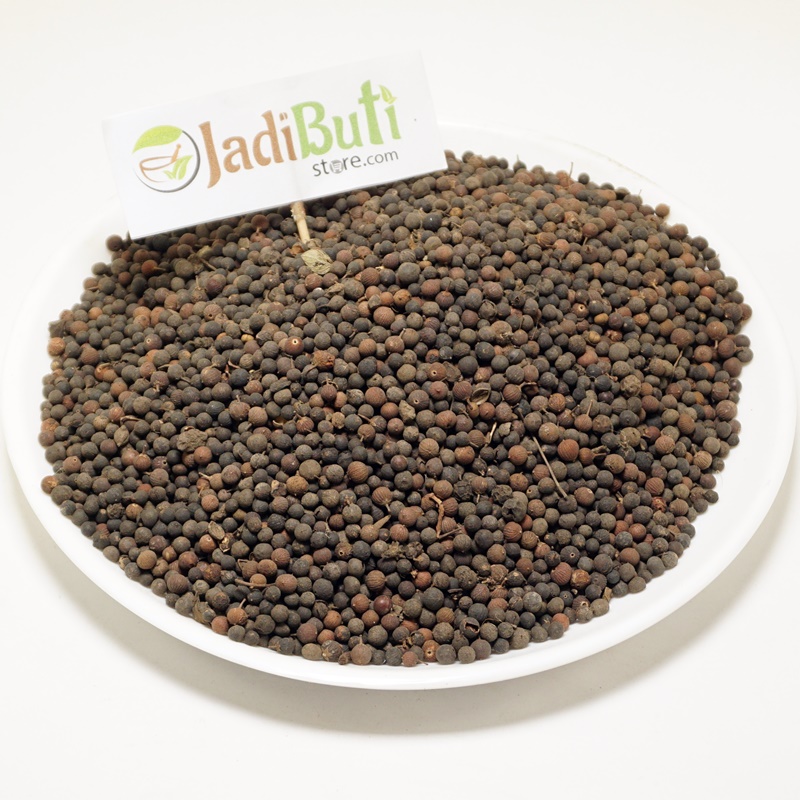
Vaividang – वैविदंग – False Black Pepper – Embelia ribes
₹260.00 – ₹2,150.00Quick ViewEmbelia ribes, Scientific name: Embelia ribes, Common names: False black pepper, vidanga,
Description: Woody climber that can grow up to 10 meters in length. Produces small, greenish-white flowers and dark, spherical berries.
Traditional uses: Used in Ayurvedic medicine to treat digestive problems, respiratory ailments, and skin disorders.
Active compounds: Contains a number of bioactive compounds, including embelin.
Culinary uses: Dried berries (Organic)
Ayurvedic properties:
- Taste (Rasa): Embelia ribes is primarily bitter (Tikta) and pungent (Katu) in taste.
- Energy (Virya): It is believed to have a heating energy (Ushna Virya) which helps to improve digestion and stimulate the body’s metabolism.
- Post-digestive effect (Vipaka): The post-digestive effect of Embelia ribes is pungent (Katu Vipaka).
- Doshas: It is believed to balance Kapha and Vata doshas, but may aggravate Pitta dosha in excess.
- Actions (Karma): Embelia ribes is believed to have a wide range of actions, including digestive stimulant, carminative, expectorant, anthelmintic, anti-inflammatory, and antioxidant.


